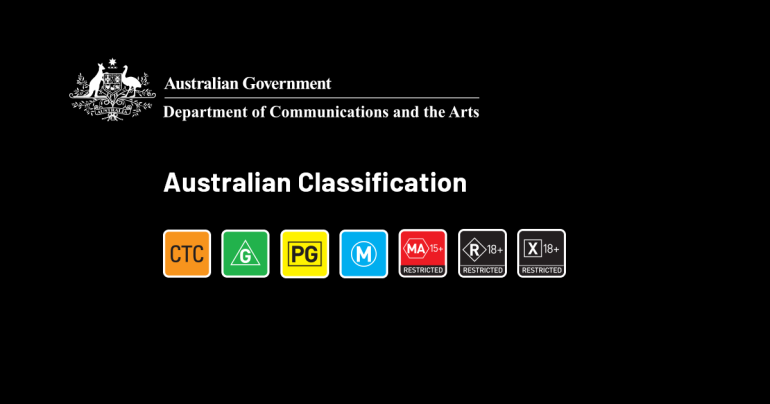The Classification Board will no longer have any role in classifying screen content if the Federal Government adopts recommendations from key industry groups.
The Australian Children’s Television Foundation contends that the current overlapping systems result in duplication and potentially inconsistent classifications for the same program, which confuses consumers and causes unnecessary expense for content owners.
In its submission to a departmental review the ACTF recommends a harmonised regulatory single framework overseen by the Australian Communications and Media Authority (ACMA). That would sideline the Classification Board, except, presumably, for its role in classifying some publications.
Similarly, Screen Producers Australia favours a self-regulatory model that is cost-effective and user-friendly, overseen by a single regulator, for example the ACMA.
Reviews of classification decisions could be carried out either by a specialist arm of the Administrative Appeals Tribunal or by an expanded Classification Review Board, subject to review by the Federal Court of Australia, SPA suggests.
Free TV Australia wants to maintain the existing classification categories with no changes but supports a uniform classification regime for all media content.
The free TV lobby group does call for content delivered on catch-up services including 7plus, 9Now and 10 play to be classified under the Television Classification Guidelines in the same way as broadcast content.
Under the present system a program broadcast on television is classified by in-house network classifiers but must then be separately classified by the Classification Board (which also classifies theatrical releases) for release on VOD or digital download.
As an example, the ACTF cites Gristmill Productions’ ABC mockumentary comedy Little Lunch, aimed at primary school children.
The ABC tagged the series as G (for general use) but for the DVD and iTunes release some episodes were rated PG (parental guidance for children under 15) by the Board.
“Not only is that confusing, it can also have a significant impact on sales of a series – there are many primary schools in Australia who won’t purchase a program if it has a PG rating,” the ACTF says.
‘Little Lunch.’
If the ACTF wanted a review of the decision from the Classification Review Board, it would have had to pay a prohibitively high fee – the same as film distributors pay to challenge the rating of a blockbuster.
Arguing that G and PG are not a reliable indicator of whether a program is suitable for children, the ACTF recommends additional, age-appropriate categories such as G8+ and G12 and a new E (for educational) category.
Under its model, broadcasters, distributors and streamers would self-classify where they have trained classifiers to do so. For those that do not have trained classifiers, content would need to be classified by an ACMA-approved classifier, using the same classification tools and overseen by the ACMA.
A program would only be classified once by a trained classifier (from any platform) and that would apply to exhibition on other platforms.
Announcing the review in December, Minister for Communications, Cyber Safety and the Arts Paul Fletcher said the existing classification scheme, established in 1995, needs to be modernised to reflect the contemporary media environment.
In its submission SPA supports the introduction of further categories within the G and PG ratings and the film industry’s call for the introduction of a PG 13 rating.
SPA believes that a single set of classification guidelines should apply but notes this will require some changes such as the the C and P classifications, which currently are used only by the commercial free-to-air networks.
Free TV also highlighted the need to ensure that any changes do not inadvertently increase the inconsistency in the existing scheme.
“While automated tools have the potential to deal with high volumes of material, they can also be subject to significant error rates. Changes to the existing framework will be needed to allow for re-classification of content in these circumstances,” said CEO Bridget Fair.
As an example of the need to be able to modify and re-classify content, it cites season one of The Crown, which was rated MA15+ due to the single use of the c*** word. If that expletive were deleted, it says, the series would likely have been classified PG.
Submissions to the review closed last week and a discussion paper will be released soon. Neville Stevens, a former secretary of the department who is leading the review, is due to report to the Government by April.



